Slang explained - Slang Term Analyzer

Hey there! Ready to dive into the world of slang?
Demystifying Slang with AI Power
Can you explain the origin of the slang term 'cool'?
How has social media influenced the slang we use today?
What are some slang terms that have different meanings in various cultures?
Could you translate the slang phrase 'spill the tea' into another language?
Get Embed Code
Overview of Slang Explained
Slang Explained is a specialized digital assistant designed to demystify and provide comprehensive insights into the world of slang. It explains slang terms, their origins, and their usage across different contexts and cultures. By tracing the evolution of slang, Slang Explained provides historical contexts, comparing nuances between various regions. It creatively uses slang in example sentences, offers synonyms, and explores the influence of social media on slang's evolution. Additionally, it translates slang into other languages, provides anecdotes, and suggests resources for deeper understanding. This tool is particularly adept at engaging users with interactive content such as quizzes, making the learning process both informative and entertaining. Powered by ChatGPT-4o。

Key Functions of Slang Explained
Explaining Slang
Example
For instance, the term 'ghosting' refers to the act of suddenly cutting off all communication with someone without explanation. Originating from online interactions, it has permeated mainstream conversations.
Scenario
A user unfamiliar with modern dating terminology uses Slang Explained to understand the concept of 'ghosting' after encountering it in a social media post.
Historical Context
Example
'Cool', originally African American Vernacular English (AAVE), has been used to express approval or admiration since the mid-20th century, evolving from jazz subcultures to widespread use.
Scenario
A cultural studies student uses Slang Explained to track the migration of 'cool' from specific subcultures into general American English for a research paper.
Cultural Comparison
Example
The slang term 'bants', short for 'banter', used predominantly in the UK, compared to 'roasting' in the US, both implying joking or playful teasing.
Scenario
An English language learner explores differences in casual speech between American and British English to enhance understanding and cultural integration.
Interactive Quizzes
Example
A quiz on Slang Explained tests user knowledge on the origins and current usage of terms like 'salty' (irritated or angry) and 'lit' (exciting or excellent).
Scenario
High school students use the quiz function to learn and test their understanding of current slang as part of a contemporary language class project.
Slang Translation
Example
Translating 'What’s up?' to '¿Qué pasa?' in Spanish, helping bridge language gaps.
Scenario
A bilingual user looks up how to express common English slang in Spanish to maintain fluency in both languages during a bilingual conversation.
Target User Groups for Slang Explained
Language Learners
Individuals learning new languages can use Slang Explained to grasp colloquial and informal usage that is often not covered in traditional language courses, aiding in more natural and fluid conversations.
Cultural Enthusiasts and Travelers
Travelers and cultural enthusiasts benefit from understanding regional slang and idioms, which enhances their cultural immersion and helps in interacting more authentically with locals.
Academics and Researchers
Researchers focusing on sociolinguistics, cultural studies, or anthropology find value in the detailed origins and usage contexts of slang, which can be pivotal in academic papers and studies on language evolution.
Writers and Content Creators
Writers, especially those involved in creating contemporary fiction or social media content, use Slang Explained to incorporate current slang appropriately, making their work resonate more effectively with target audiences.

How to Use Slang Explained
Step 1
Access the tool at yeschat.ai for a free trial, no login or ChatGPT Plus subscription required.
Step 2
Choose a slang term or phrase you're curious about. Enter it into the provided text box to receive an explanation, historical context, and usage examples.
Step 3
Explore interactive features like the slang quiz to test your understanding or use the translation feature to see slang in different languages.
Step 4
Use the 'Alternative Phrases' function to find different ways of expressing the same slang, helpful for both writing and speaking.
Step 5
Check the 'Resources' section for books, articles, and more to delve deeper into slang and its socio-cultural implications.
Try other advanced and practical GPTs
Slang Decoder
Decode Slang with AI Precision

Slang Historian
Unveiling the secrets of slang, powered by AI

Starry Muse
Craft Art with AI Ingenuity
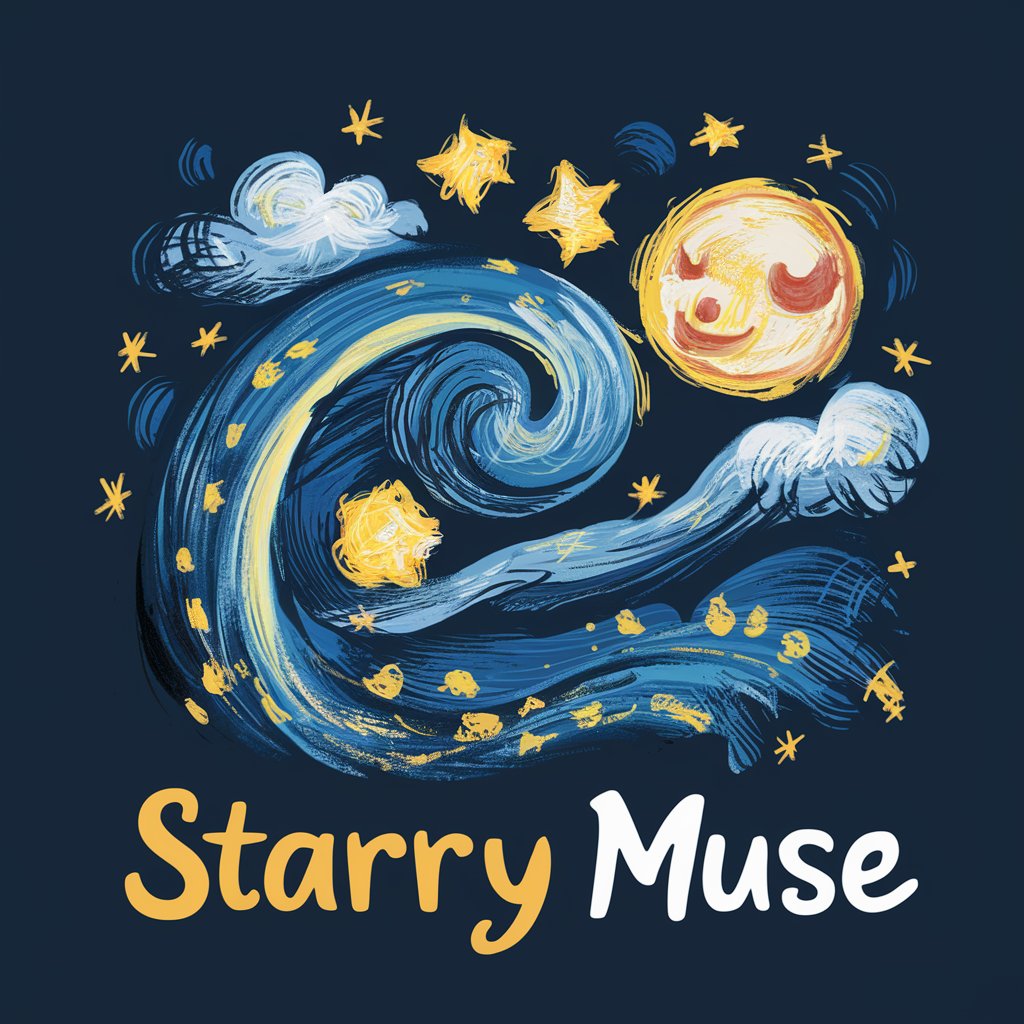
Starry Storyteller
Dream with AI, Storytelling Redefined
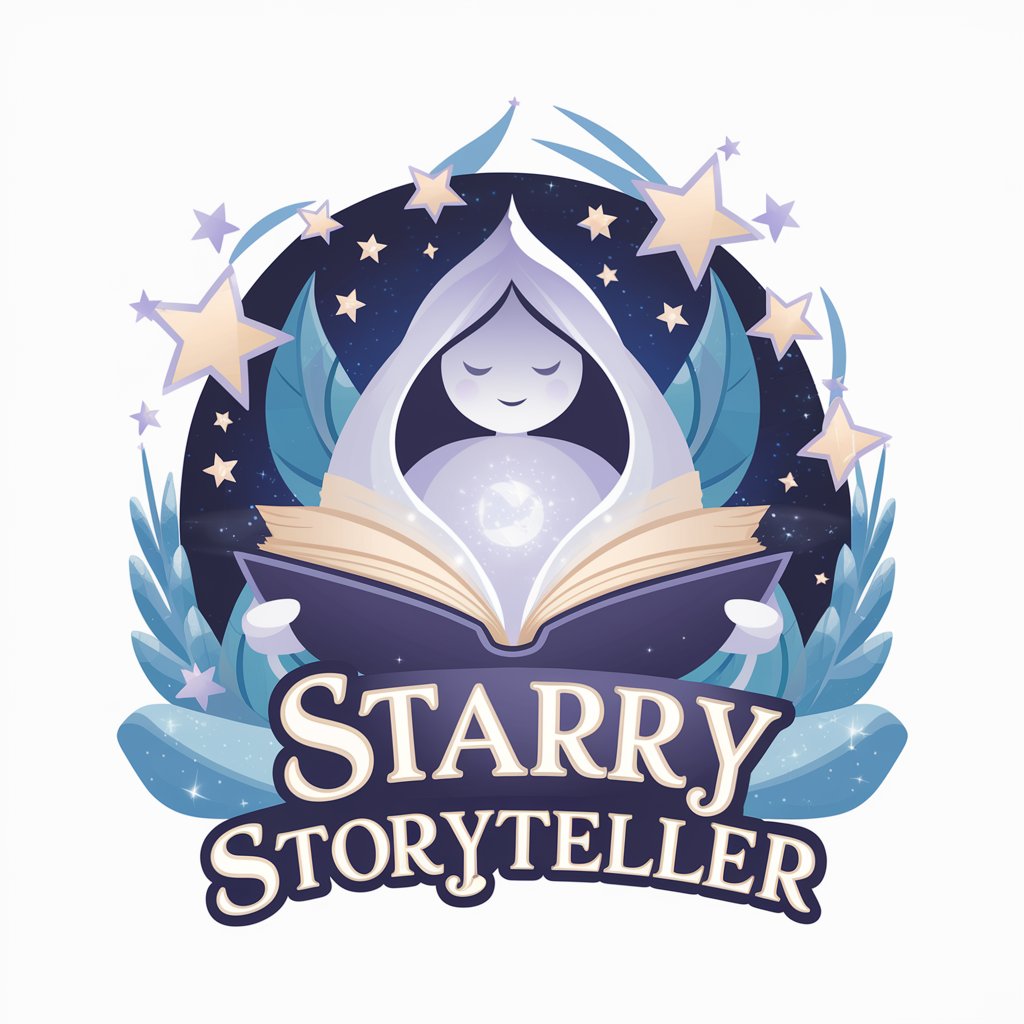
Starry Crystal
Empowering Innovation with AI

Starry Tales
Enchanting tales, powered by AI
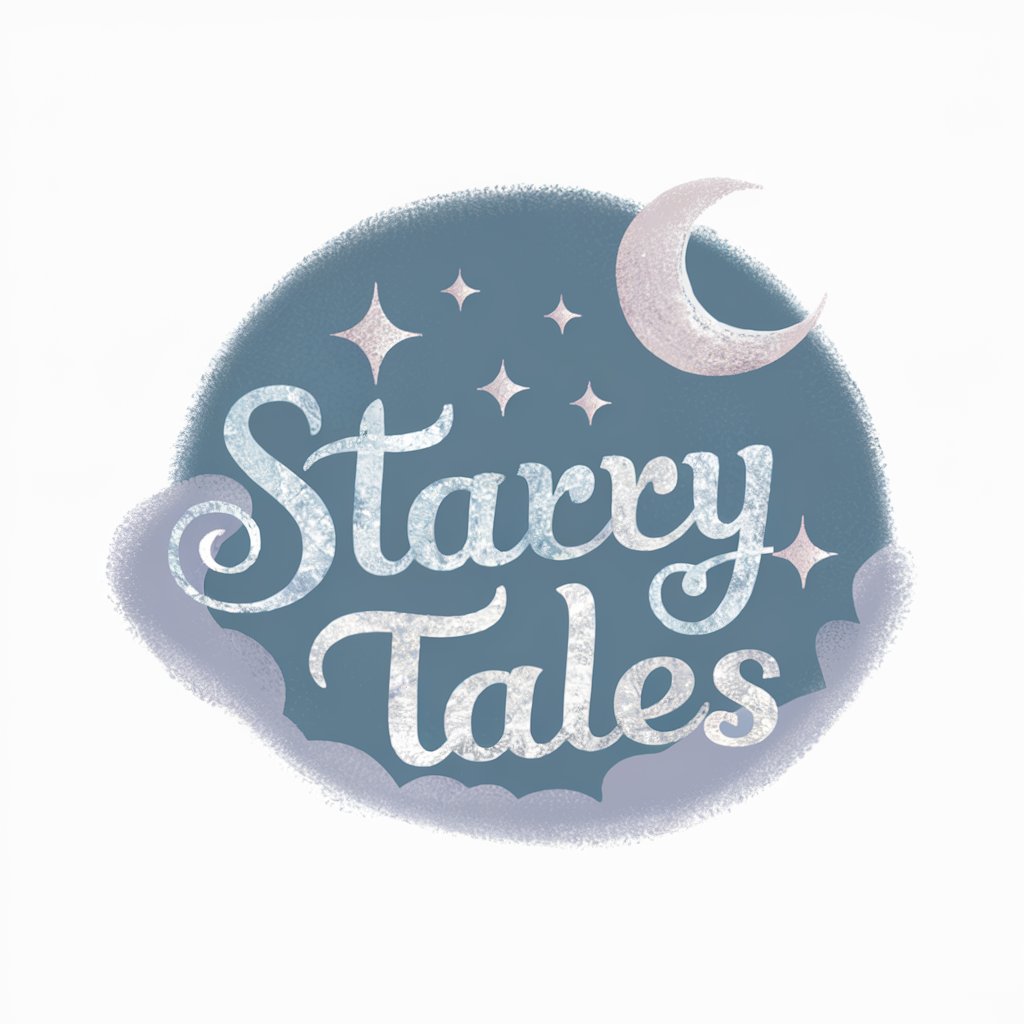
Japanese Slang Teacher
Learn Japanese Slang with AI!
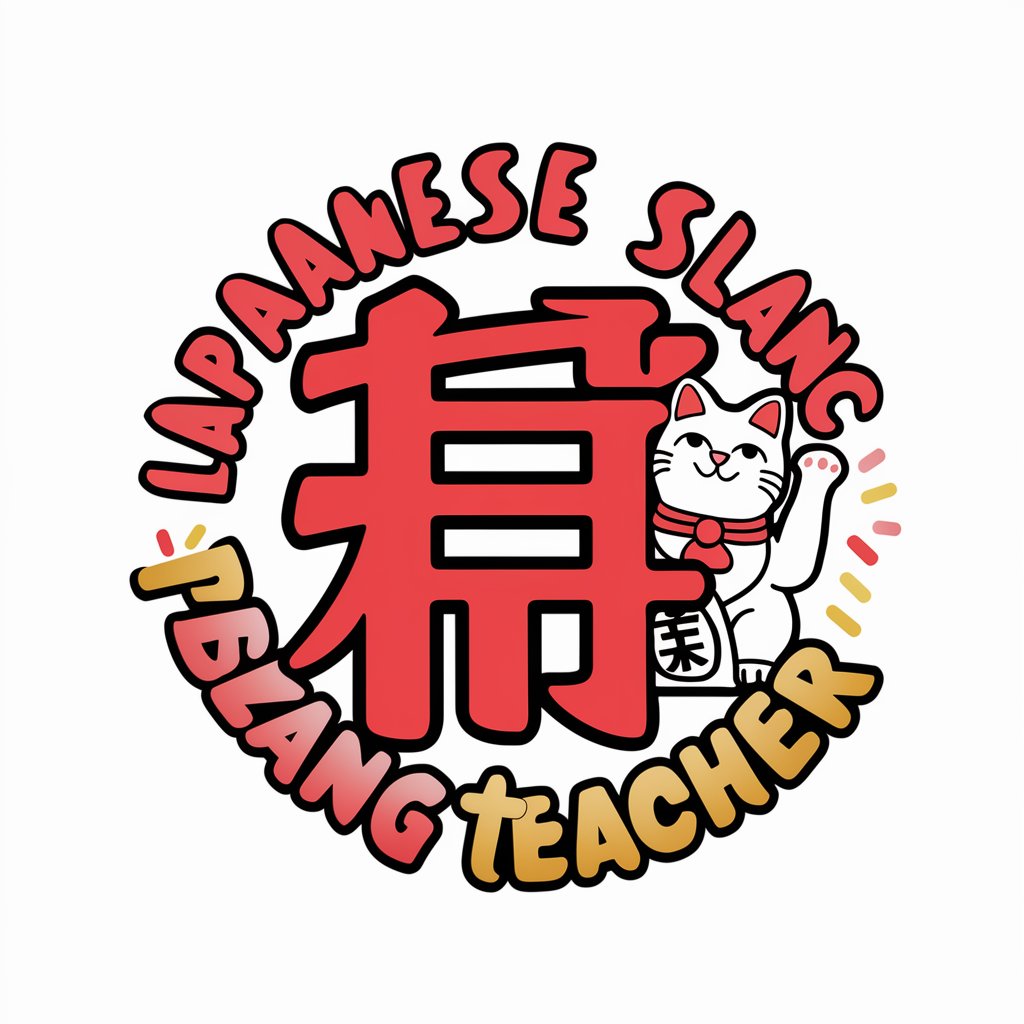
Slang Scout
Decoding Gen Z Slang with AI
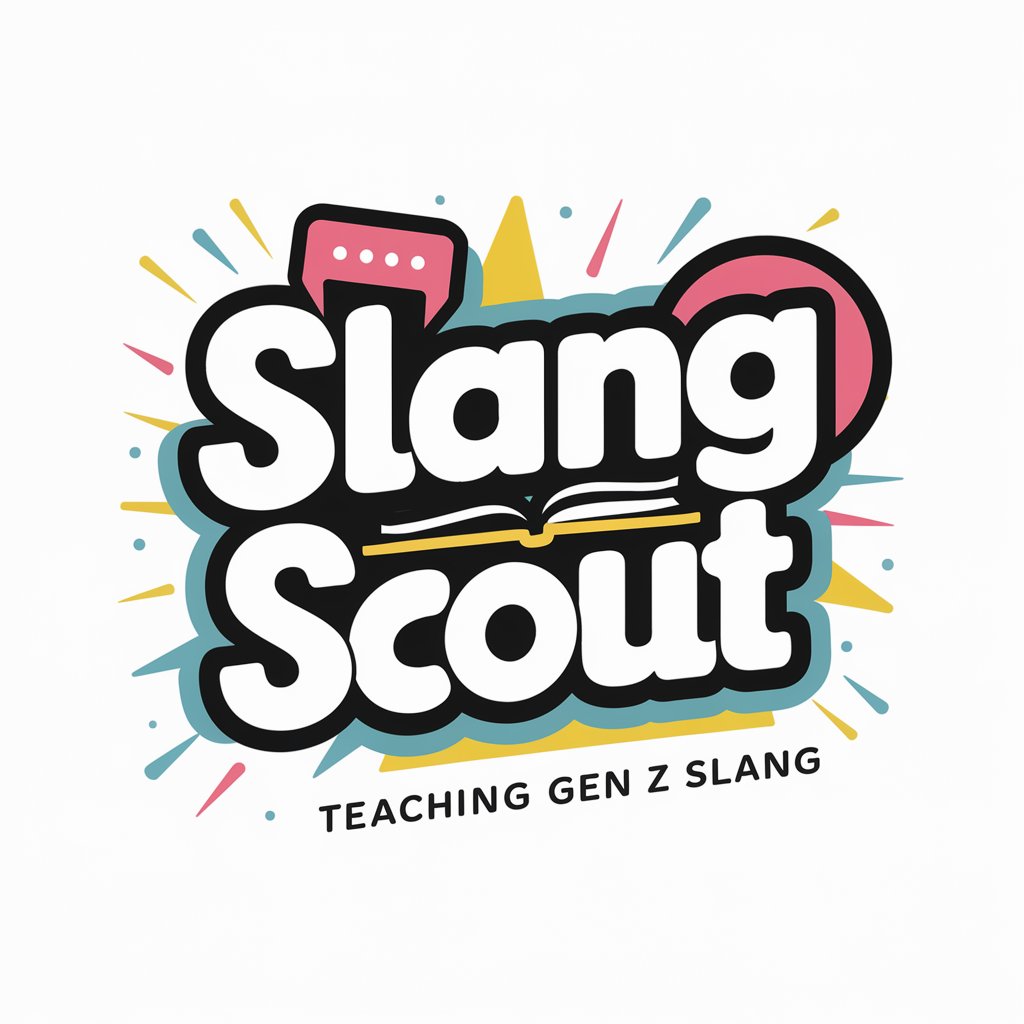
Slang Decoder GPT
Decoding slang with AI precision

Japanese Slang Buddy
Master Japanese Slang with AI!
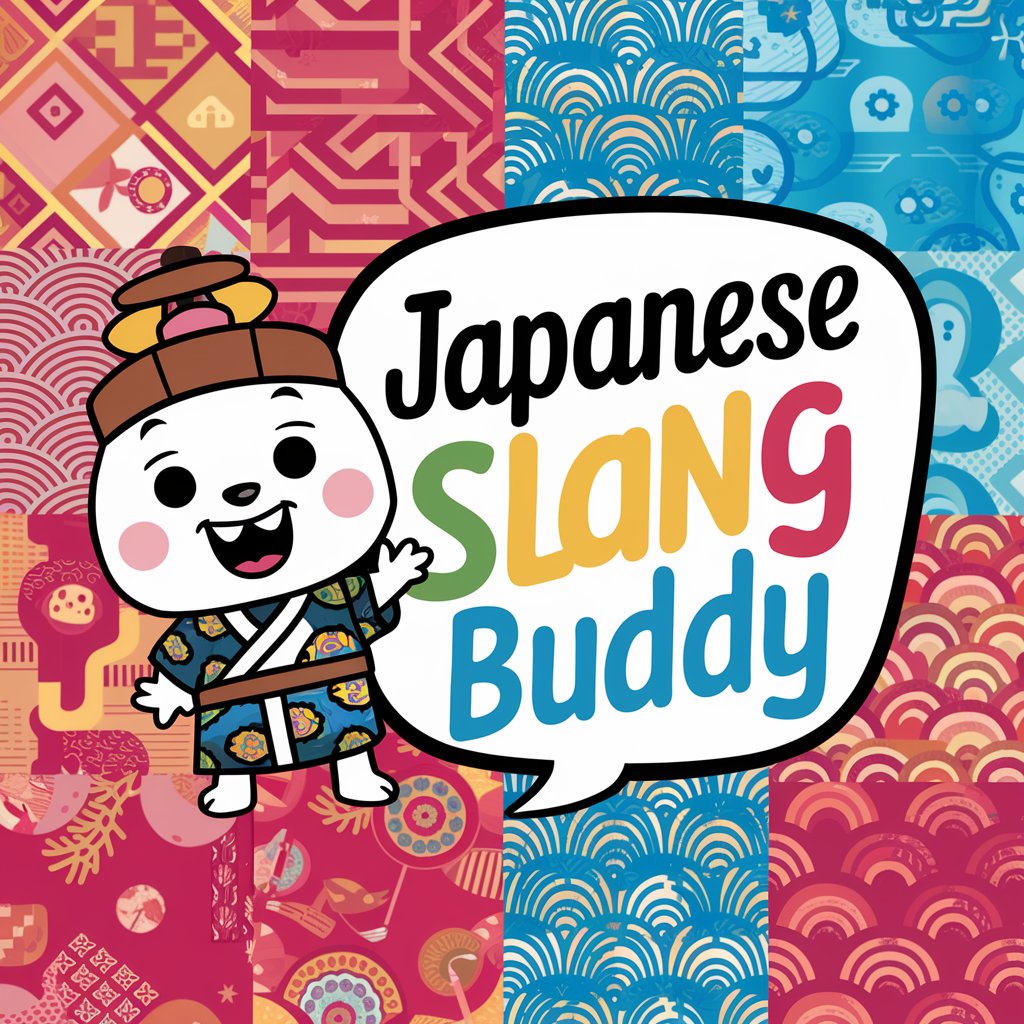
Rhyming Slang Translator
Turn your chat into Cockney banter!

UK Slang Translator
Demystifying UK Slang with AI

Frequently Asked Questions about Slang Explained
What is Slang Explained?
Slang Explained is an AI-powered tool designed to demystify slang from various cultures, offering explanations, historical backgrounds, and comparisons. It also provides quizzes, translations, and alternative expressions to enhance understanding and usage.
Can Slang Explained help with slang from any language?
Yes, it includes a vast database of slang from multiple languages and provides translations and cultural contexts to bridge language barriers effectively.
How can educators use Slang Explained?
Educators can integrate it into language and cultural studies curricula to provide students with a practical understanding of slang and its impacts on communication within various societies.
Is there a feature to compare slang across different regions?
Yes, Slang Explained allows users to compare slang expressions across different regions and cultures, highlighting how expressions evolve and differ geographically.
How does Slang Explained stay updated with new slang terms?
It continuously integrates user input and scans social media trends to update its database with the most current slang expressions and uses.
